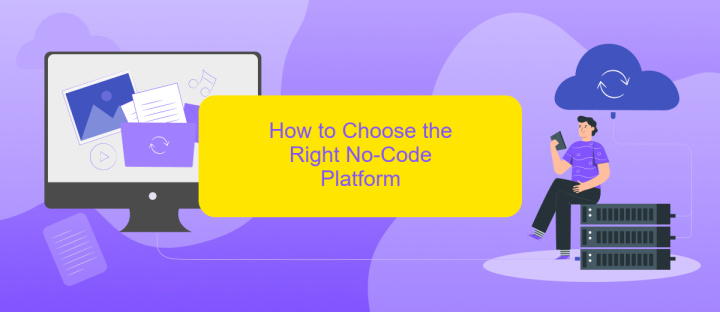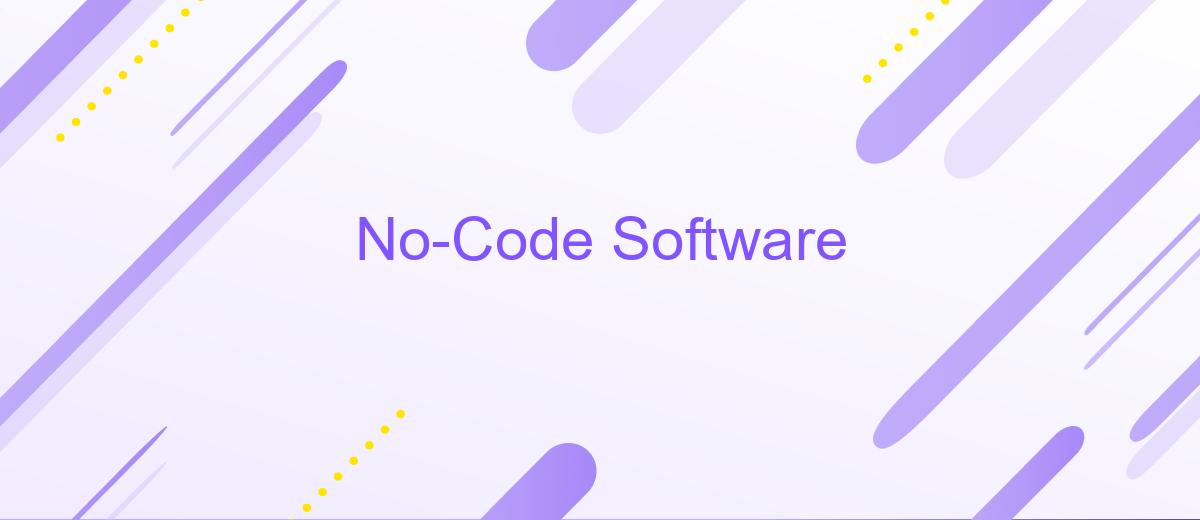No-Code Software
In recent years, no-code software has revolutionized the way businesses and individuals approach app development and automation. By enabling users to create complex applications without writing a single line of code, these platforms democratize technology, making it accessible to non-developers. This article explores the benefits, challenges, and future potential of no-code software in transforming digital landscapes.
What is No-Code Software?
No-Code Software refers to platforms and tools that allow users to create applications and automate workflows without needing to write any code. These platforms are designed to be user-friendly, enabling individuals with little to no programming experience to build functional software solutions.
- Drag-and-drop interfaces: Simplify the design process by allowing users to visually arrange elements.
- Pre-built templates: Provide ready-made designs and functionalities to kickstart projects.
- Integration capabilities: Connect with other software and services to enhance functionality.
No-Code platforms empower businesses to quickly develop and deploy applications, reducing the dependency on IT departments and professional developers. For instance, services like ApiX-Drive facilitate seamless integration between various applications, enabling users to automate workflows and synchronize data effortlessly. This democratization of software development accelerates innovation and allows for more agile responses to market demands.
Benefits of Using No-Code Software

No-code software platforms offer a multitude of benefits that can significantly enhance productivity and innovation. One of the most notable advantages is the ability to empower non-technical users to create and manage applications without the need for extensive programming knowledge. This democratization of technology enables businesses to rapidly prototype and deploy solutions, reducing time-to-market and fostering a culture of innovation. Additionally, no-code tools often come with user-friendly interfaces and drag-and-drop functionalities, making the development process intuitive and accessible to a broader audience.
Another key benefit is the cost-effectiveness of no-code solutions. By minimizing the need for specialized developers, businesses can save on labor costs and allocate resources more efficiently. Furthermore, no-code platforms like ApiX-Drive facilitate seamless integration with various services and applications, streamlining workflows and enhancing operational efficiency. ApiX-Drive, for instance, allows users to automate data transfers between different systems without writing a single line of code, ensuring smooth and consistent data flow across the organization. This not only improves productivity but also reduces the risk of human error, making no-code software an invaluable asset for modern enterprises.
How to Choose the Right No-Code Platform

Choosing the right no-code platform can be a game-changer for your business. It's essential to consider several factors to ensure the platform meets your specific needs and goals.
- Identify Your Needs: Determine what you need the platform to do, whether it's building websites, automating workflows, or creating mobile apps.
- Ease of Use: Evaluate the platform's user interface and learning curve. A good no-code platform should be intuitive and easy to use.
- Integration Capabilities: Ensure the platform can integrate with your existing tools and services. For seamless integrations, consider using services like ApiX-Drive.
- Scalability: Choose a platform that can grow with your business. It should handle increased data and user demands effortlessly.
- Support and Community: Look for platforms with robust customer support and an active user community for troubleshooting and advice.
By carefully evaluating these factors, you can select a no-code platform that not only meets your current needs but also scales with your business as it grows. This strategic choice will help you maximize efficiency and drive innovation.
Examples of Successful No-Code Applications

No-code platforms have revolutionized the way businesses develop and deploy applications. They enable users without programming skills to create functional and scalable software solutions quickly and efficiently. Several no-code applications have achieved significant success, demonstrating the potential of this technology.
One notable example is Glide, which allows users to convert Google Sheets into mobile apps effortlessly. Glide has empowered numerous small businesses and startups to create customized applications without the need for a development team. Another success story is Webflow, a no-code web design tool that lets designers build responsive websites visually.
- Glide: Transforms Google Sheets into mobile apps.
- Webflow: Enables visual web design and development.
- Airtable: Combines the functionalities of spreadsheets and databases.
- ApiX-Drive: Facilitates seamless integration of various services and applications.
These examples illustrate how no-code platforms can streamline workflows, reduce costs, and empower non-technical users to bring their ideas to life. As the no-code movement continues to grow, we can expect even more innovative applications to emerge, further democratizing the software development landscape.


Future of No-Code Software
The future of no-code software is incredibly promising, as it continues to democratize software development by making it accessible to non-technical users. With advancements in artificial intelligence and machine learning, no-code platforms are becoming more intelligent, offering features that can predict user needs and automate complex processes. This shift is empowering businesses to innovate faster, reduce costs, and improve agility in responding to market changes.
Integration capabilities are also evolving, making it easier for no-code applications to connect with various services and APIs. For instance, platforms like ApiX-Drive enable seamless integration between different software tools, allowing users to automate workflows without writing a single line of code. As these platforms continue to improve, we can expect even more sophisticated integrations and automation features, further expanding the potential of no-code solutions in various industries.
FAQ
What is No-Code software?
Who can benefit from using No-Code tools?
Can No-Code tools handle complex tasks?
How secure are No-Code platforms?
How can I integrate different applications using No-Code tools?
Time is the most valuable resource in today's business realities. By eliminating the routine from work processes, you will get more opportunities to implement the most daring plans and ideas. Choose – you can continue to waste time, money and nerves on inefficient solutions, or you can use ApiX-Drive, automating work processes and achieving results with minimal investment of money, effort and human resources.

